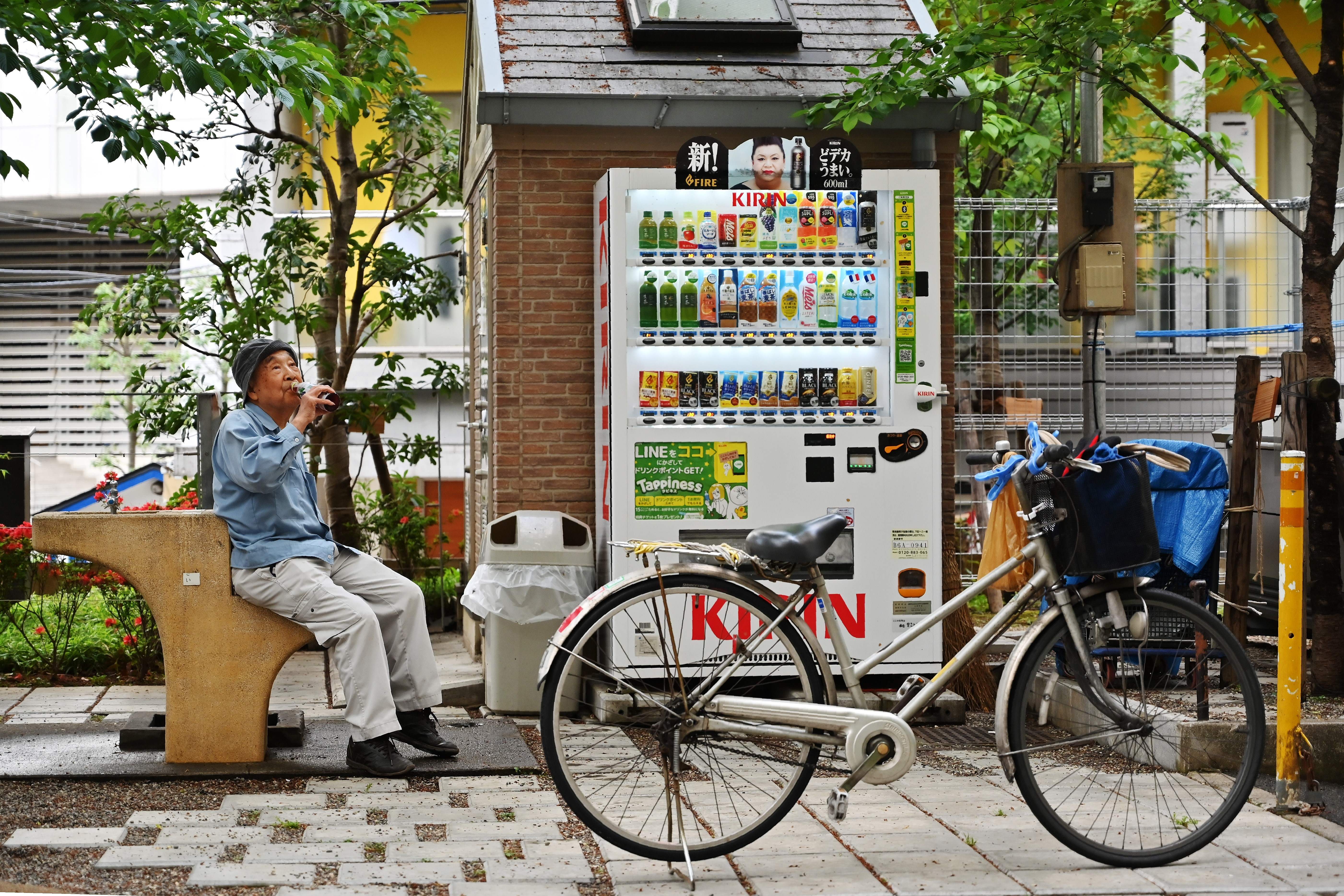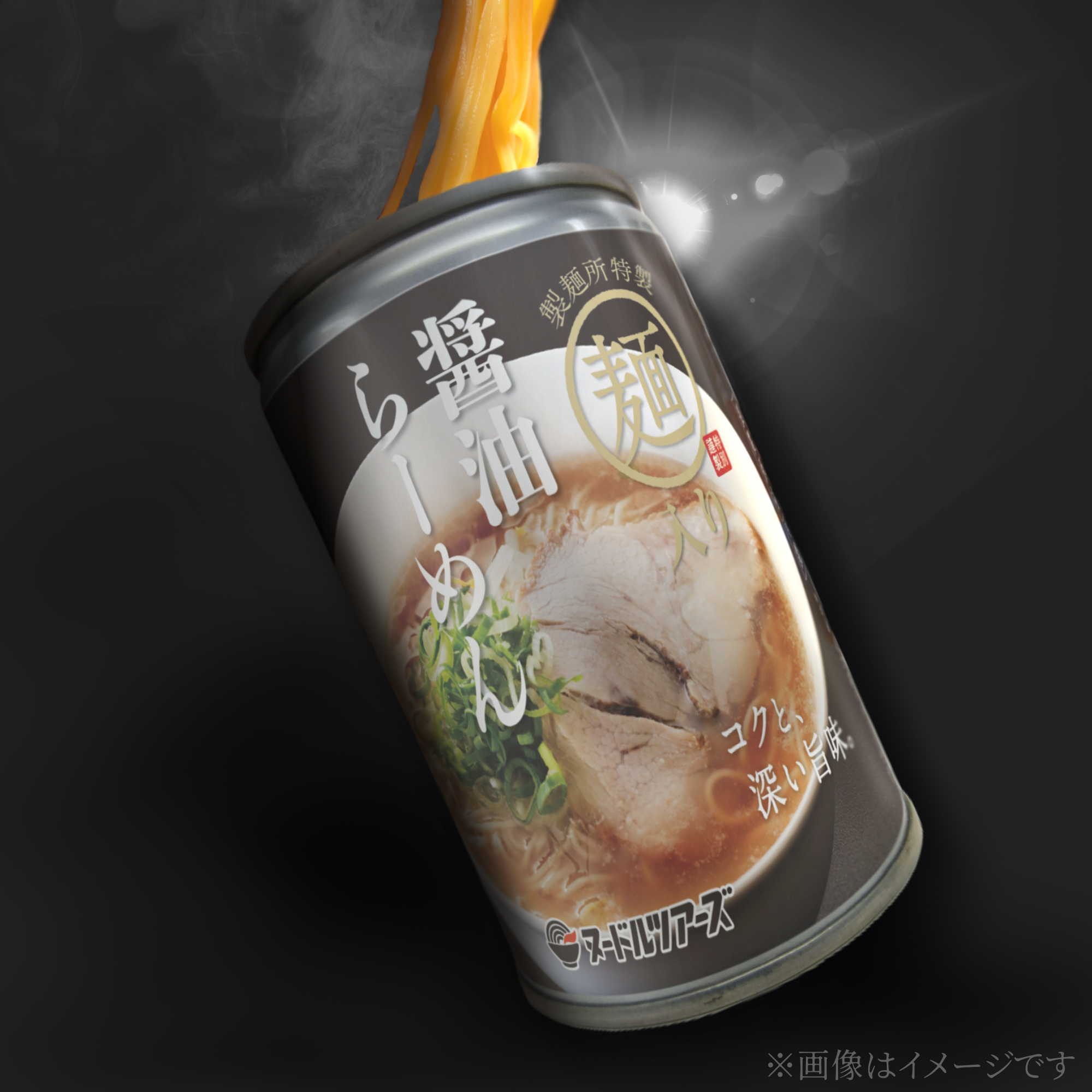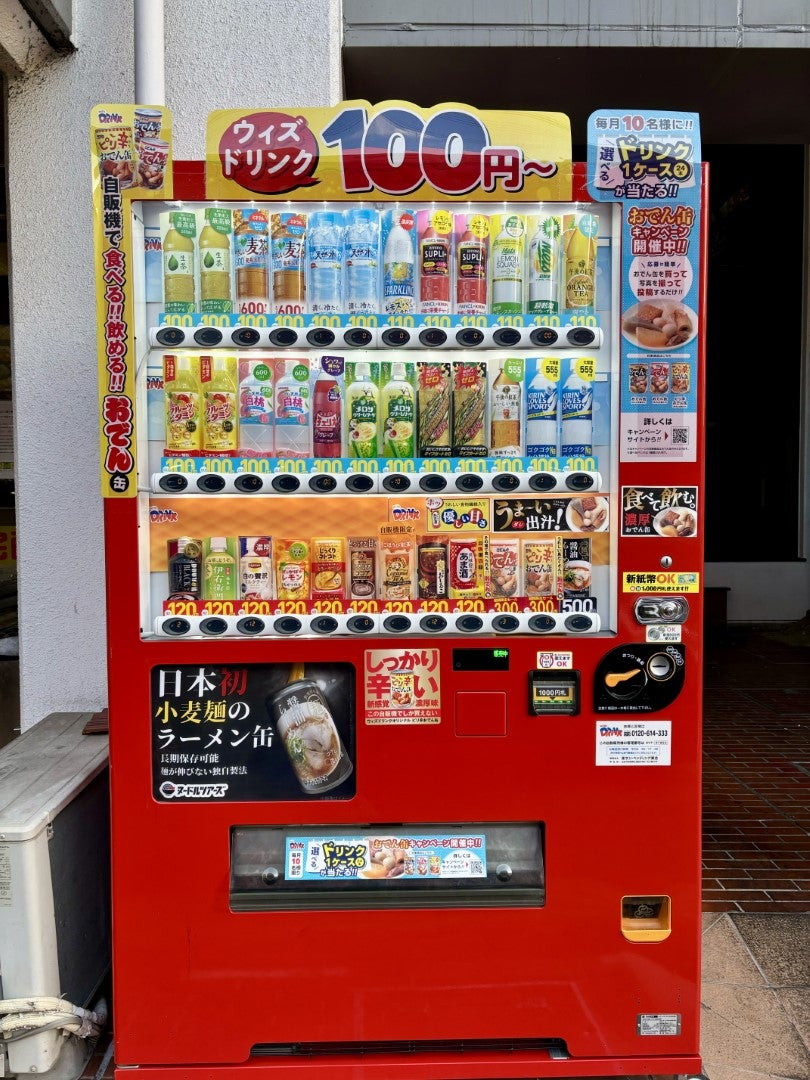A Japanese noodle manufacturer has launched the world’s first canned ramen made with wheat noodles which will soon be available in vending machines across the country.
Maruyama Seimen’s canned version has ramen lovers excited because it promises restaurant quality noodles made of wheat instead of the more readily available instant noodles made of konjac – a starchy root vegetable that grows in parts of Asia.
Available for ¥500 (£2.53), ramen lovers can now grab a can of hot, ready-to-eat soy sauce ramen complete with wheat noodles, a soy sauce-flavoured broth, green onions, fermented bamboo shoots, and even a tender slice of chashu pork, the company said.
The company, which has been operational since 1958, claimed its canned ramen is also shelf-stable for up to three years.
Currently, these cans are available at 150 vending machine locations in Miyagi Prefecture and 100 in Mito City, Ibaraki Prefecture, though Maruyama Seimen has said it plans to roll them across the country.
While the Japanese are no strangers to vending machines that dispense everything from hot coffee to clothes, they’ve long had to settle for compromises when it comes to ramen.
With one vending machine for every 29 people, according to Tokyo Weekender, Japan boasts the highest density of these machines in the world. Found in bustling urban centres and quiet residential neighbourhoods alike, vending machines are as much a part of Japan’s streetscape as neon lights and cherry blossoms. In fact, travellers can even find a vending machine at the summit of Mount Fuji to settle with a drink after a long and gruelling hike.

Ramen vending machines, similarly, have been a staple of Japanese convenience culture for decades, offering everything from instant noodle cups to frozen ramen packs. In the 1980s, machines began dispensing pre-cooked ramen that required heating at home. Over time, these machines became increasingly sophisticated, with some now serving hot bowls of ramen at the push of a button.
Canned ramen’s journey, on the other hand, began in the early 2000s with Takeshi Yamada, the owner of Tokyo’s famous ramen shop Menya Musashi. After volunteering to cook ramen for earthquake survivors, he was inspired to create a long-lasting version of the dish for disaster relief efforts.


The struggle with canning wheat noodles, which is what has traditionally been used in ramen, has always been keeping its texture springy and chewy, as opposed to the soggy mass it became in cans. Konjac noodles were the solution previously, but ramen purists said they felt like a compromise, and insisted that it just wasn’t the same.







